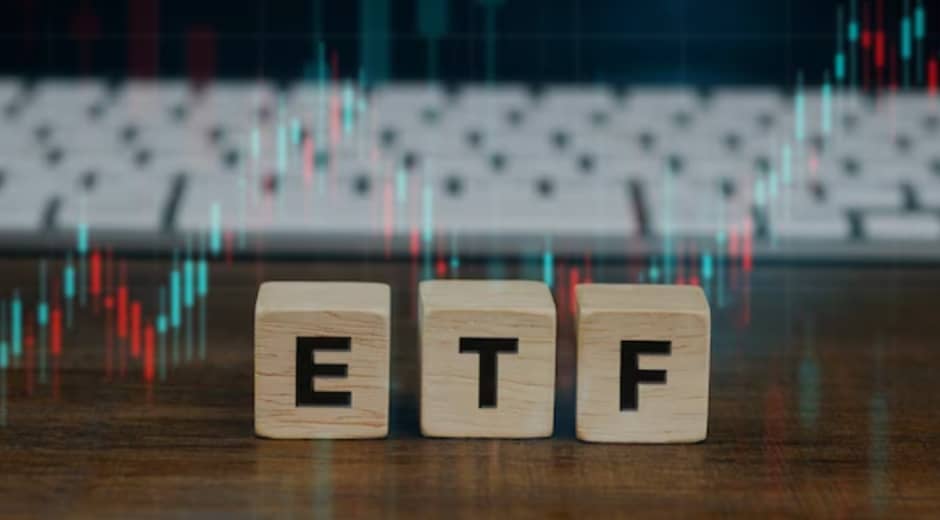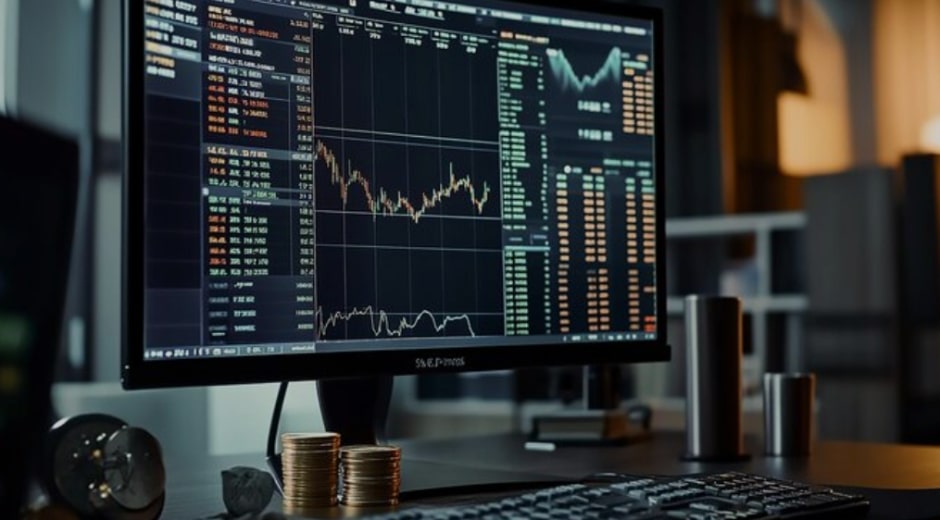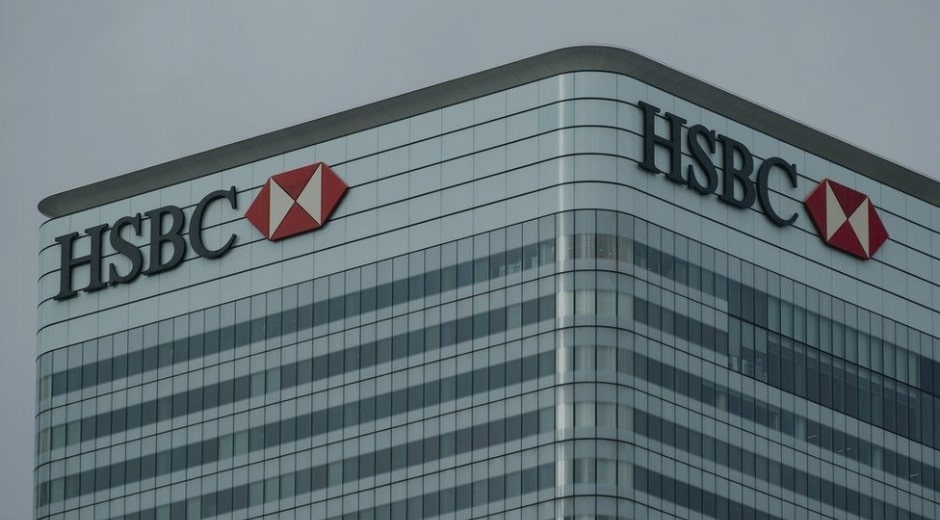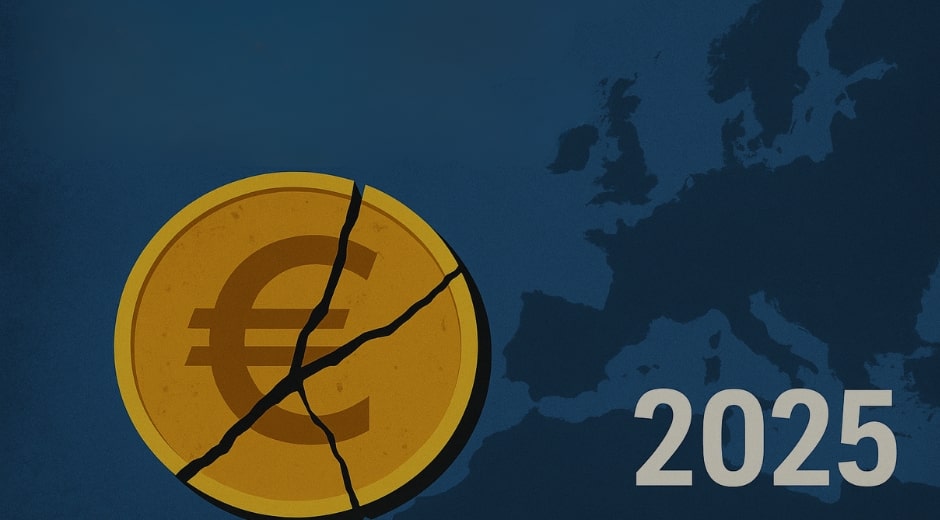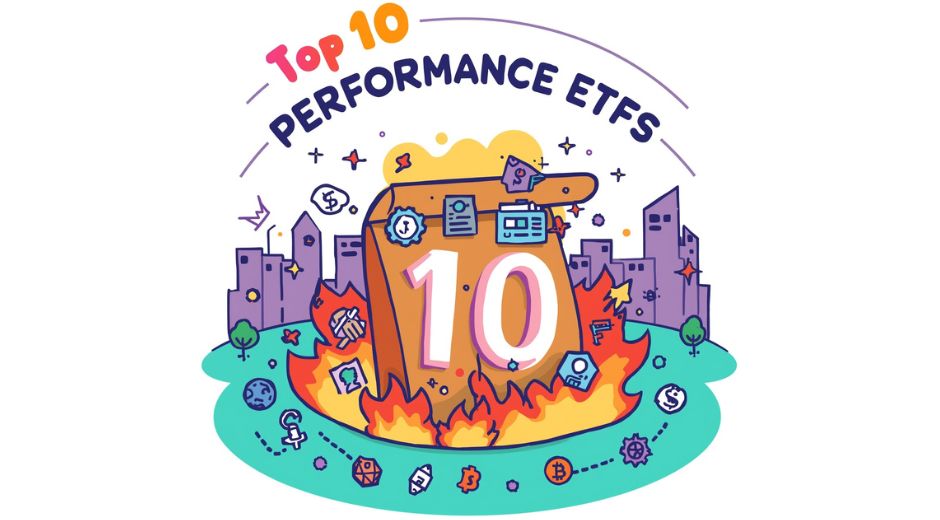Index Funds in 2025: The Timeless Strategy Thriving in a New Financial Era
As global markets grow more complex, many investors are rediscovering a timeless principle: simplicity often wins. Index Funds, once considered a slow-and-steady alternative to active management, are now the backbone of modern investment portfolios in 2025. Their mix of low cost, transparency, and proven performance continues to attract investors from Wall Street to everyday savers worldwide.
Despite the surge of algorithmic trading, AI-driven strategies, and niche ETFs, the enduring success of Index Funds lies in their consistency. In a financial landscape dominated by volatility and speculation, they still deliver what investors value most—stability, diversification, and peace of mind.
What Are Index Funds and How Do They Work?
An Index Fund is a type of mutual fund or exchange-traded fund (ETF) designed to replicate the performance of a specific market index, such as the S&P 500, NASDAQ-100, or FTSE 100. Instead of trying to outperform the market, Index Funds mirror it.
They hold all (or a representative sample) of the stocks in the index they track, which allows investors to gain broad exposure to an entire market segment in a single purchase. This passive approach reduces costs, minimizes trading, and historically outperforms most actively managed funds over the long term.
As the legendary investor John Bogle, founder of Vanguard, once said: “Don’t look for the needle in the haystack. Just buy the haystack.” In 2025, that philosophy is more relevant than ever.
Why Index Funds Continue to Dominate
The dominance of Index Funds is rooted in their simplicity and reliability. Over the past decade, active fund managers have struggled to consistently outperform their benchmarks. According to Morningstar, more than 80% of active equity managers underperformed their benchmark indexes over a ten-year period.
Index Funds, by contrast, simply follow the benchmark, reducing the drag of human error, management fees, and trading costs. The result is steady, compounding growth that aligns with the market’s overall trajectory.
In 2025, Index Funds are not just a low-risk option—they are the foundation of modern portfolio construction for both individuals and institutions.
The 2025 Market Environment: Complex but Opportunity-Rich
The global economy in 2025 is marked by complexity. Inflationary pressures are easing but not gone, interest rates remain elevated compared to pre-pandemic levels, and technology continues to reshape industries. Amid these uncertainties, investors are turning back to fundamentals, emphasizing diversified, rules-based strategies.
Index Funds thrive in this environment. They provide exposure to broad market trends without requiring constant adjustment or speculation. Whether the market is bullish, bearish, or moving sideways, an Index Fund strategy allows investors to stay invested consistently and capture long-term growth.
Cost Advantage: The Silent Power Behind Index Funds
The most underrated feature of Index Funds is their cost efficiency. Active funds typically charge management fees ranging from 0.5% to 2% per year, while Index Funds often operate with expense ratios below 0.1%. Over a long investment horizon, these small differences compound significantly.
For example, an investor putting $100,000 into an active fund earning 7% annually with a 1% fee would end up with about $380,000 after 20 years. In contrast, an Index Fund with the same return but a 0.1% fee would grow to nearly $430,000—an extra $50,000 saved just from lower costs.
That cost advantage remains one of the key reasons institutions, retirement plans, and individual investors continue shifting assets into passive vehicles.
The Rise of Global Index Investing
In 2025, Index Funds are no longer limited to tracking major US benchmarks. Global diversification has become a central theme for investors seeking balance and opportunity.
Index Funds now track:
-
Emerging markets like India, Vietnam, and Brazil
-
Sustainable indexes focused on ESG (Environmental, Social, Governance) criteria
-
Sector-based indexes such as clean energy, healthcare, or AI innovation
-
Bond indexes, providing stability for fixed-income investors
This globalization of indexing means investors can access nearly every market, region, or sector through simple, transparent vehicles.
At FinanceWorldHub, we analyze and compare global Index Funds weekly—helping readers identify performance trends and cost efficiencies. You can explore our fund comparison tools directly at FinanceWorldHub.
Passive vs. Active: The Debate That Never Ends
Active managers argue that human insight and flexibility can outperform benchmarks during volatility. While that may be true in specific cases, the data continues to favor Index Funds.
Active funds not only face higher costs but also suffer from behavioral biases—managers often chase trends, mistime markets, or overreact to short-term data. Index Funds, by contrast, maintain discipline automatically.
This discipline is what protects investors from emotional decision-making, which remains one of the biggest destroyers of long-term returns.
Even Warren Buffett, known for his stock-picking genius, recommends low-cost Index Funds for most investors. His advice remains simple: “A low-cost S&P 500 Index Fund is the best investment most Americans can make.”
The Psychology Behind Index Investing
One reason Index Funds perform so well is psychological. They remove the emotional highs and lows that come with trying to beat the market. Investors don’t need to constantly monitor charts, news headlines, or analyst opinions.
Instead, they focus on time in the market rather than timing the market. That mental calmness is a competitive edge in itself, allowing investors to stick to long-term plans regardless of temporary downturns.
Behavioral finance research consistently shows that investors who stay invested through market cycles outperform those who jump in and out based on emotion.
Technological Evolution: Smart Indexing and Customization
Index investing has also evolved technologically. In 2025, “smart beta” and customized indexing allow investors to fine-tune their exposure while retaining passive simplicity.
Smart beta funds use rules-based weighting (like focusing on dividends, volatility, or value factors) rather than pure market capitalization. Customized Index Funds allow investors to build personal indexes based on values, goals, or risk tolerance—essentially a hybrid of active personalization and passive discipline.
These innovations keep Index Funds fresh, adaptive, and relevant even as markets change.
You can find tools to compare smart beta performance and custom portfolios Moviefil, updated daily with global benchmark data.
Tax Efficiency: Another Hidden Advantage
Another major benefit of Index Funds is tax efficiency. Because they have lower turnover (fewer trades within the portfolio), they generate fewer taxable events.
This is especially beneficial in taxable investment accounts where capital gains taxes can erode returns. For investors focused on after-tax growth, Index Funds consistently deliver cleaner, more efficient results than most actively managed funds.
Combined with low fees and steady compounding, this makes them one of the most cost-effective wealth-building tools available.
Index Funds and Retirement Planning
For long-term investors and retirees, Index Funds remain unmatched. They provide steady exposure to equity markets without requiring deep financial expertise.
Many 401(k)s and pension plans use Index Funds as their core building blocks because they’re reliable and predictable. A simple three-fund portfolio—one US stock Index Fund, one international Index Fund, and one bond Index Fund—has outperformed most actively managed portfolios over decades.
The key is time and patience. As the saying goes: “It’s not timing the market, but time in the market that builds wealth.”
The ESG Revolution: Ethical Index Investing
Sustainability is shaping the next generation of Index Funds. ESG-focused Index Funds screen companies based on their environmental impact, governance ethics, and social responsibility.
In 2025, ESG indexes are attracting trillions in capital as investors demand accountability. Funds like the iShares MSCI USA ESG Select ETF and Vanguard ESG International ETF offer investors exposure to companies that align profit with purpose.
This trend demonstrates that long-term profitability and sustainability are not mutually exclusive—they reinforce each other.
Risks and Misconceptions
While Index Funds are highly effective, they are not risk-free. They still mirror the broader market, so during recessions or downturns, they can decline alongside it.
Additionally, overconcentration in large-cap stocks can be a concern in market-cap-weighted indexes. For example, the dominance of mega-tech firms in the S&P 500 can skew diversification. Investors should consider balancing exposure with mid-cap, small-cap, or sector-specific Index Funds.
Understanding that “passive” does not mean “riskless” is essential for realistic expectations.
The Future of Index Investing
The next evolution of Index Funds will likely involve greater personalization, lower costs, and tighter integration with technology.
Artificial intelligence will automate rebalancing, optimize tax efficiency, and personalize indexes based on user goals. Tokenized Index Funds—where blockchain ensures fractional, borderless ownership—are already being tested by asset managers in Europe and Asia.
As digital infrastructure matures, the traditional fund model could merge with decentralized finance (DeFi) principles, offering global investors 24/7 access and transparent verification.
Index Funds as a Global Equalizer
One of the most profound impacts of Index Funds is financial inclusion. They make investing accessible to everyone, regardless of wealth or expertise. With as little as $10, anyone can own a share of the global economy.
This democratization of investing has empowered millions to participate in wealth creation—something previously limited to institutional circles. In developing markets, digital Index Funds are being integrated into mobile banking apps, giving people direct exposure to stock markets for the first time.
It’s not just investing—it’s financial evolution.
Practical Strategy for 2025 Investors
A balanced Index Fund strategy in 2025 should consider:
-
Core Holdings: A broad-market Index Fund (like S&P 500 or global index).
-
International Exposure: Emerging markets and Asia-focused indexes.
-
Fixed Income: Bond or treasury Index Funds for stability.
-
ESG Allocation: Sustainable funds to align values with returns.
-
Periodic Rebalancing: Adjust weights annually to maintain balance.
This structure offers long-term resilience against inflation, volatility, and geopolitical changes.
Long-Term Vision: The Compounding Effect
The true power of Index Funds lies in compounding. A consistent annual return of 7% doubles an investment roughly every ten years.
Investors who automate contributions and reinvest dividends steadily build exponential wealth over decades. The market may fluctuate, but the long-term upward trajectory of global productivity remains the same.
Patience, discipline, and consistency remain the secret weapons of successful Index Fund investors.
Conclusion: A Strategy Built to Last
In 2025, Index Funds represent not just an investment choice but an investment philosophy. They embody simplicity, transparency, and endurance in a world obsessed with speed and speculation.
As technology advances and global markets evolve, Index Funds continue to remind investors that wealth isn’t built overnight—it’s built over time, quietly and efficiently.
They have stood the test of recessions, inflation, and innovation. And as we move deeper into a data-driven financial era, one truth endures: staying diversified, disciplined, and invested through Index Funds remains one of the smartest paths to long-term success.
Education Made Simple
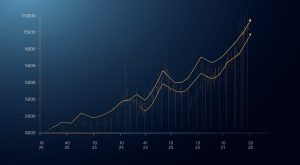
Blue Chip Stocks in 2025: Resilience, Reliability, and Real Growth
Blue Chip Stocks in 2025 remain pillars of market stability and growth, offering investors security, dividends, and consistent long-term value.

Index Funds in 2025: The Timeless Strategy Thriving in a New Financial Era
Index Funds in 2025 remain a cornerstone of smart investing, balancing simplicity, diversification, and steady returns in a volatile market environment.

Natural Gas in 2025: Balancing Energy Demand and Sustainability
Natural Gas in 2025 plays a pivotal role in global energy transition, balancing affordability, sustainability, and reliability amid evolving markets.

Tokenization in 2025: Redefining Ownership in the Digital Economy
Tokenization in 2025 transforms how assets are owned, traded, and valued, bringing transparency and liquidity to global financial systems.

Earnings Season 2025: What Investors Should Watch for in a Shifting Market
Earnings Season 2025 reveals how corporate results are shaping market confidence, guiding investors through volatility and economic transition worldwide.

Dividend ETFs in 2025: Consistent Income for a Volatile Market
Dividend ETFs in 2025 offer stability and passive income amid market uncertainty, helping investors balance risk and long-term returns effectively.

Copper’s Comeback: Why the Red Metal Is Powering the Next Global Boom
Copper’s comeback in 2025 is reshaping global industries as the red metal fuels electric vehicles, green tech, and infrastructure growth worldwide.

Stablecoins in 2025: The Bridge Between Traditional Finance and Digital Trust
Stablecoins in 2025 are redefining trust between crypto and traditional finance, offering stability, faster payments, and global accessibility for investors.

October Stocks: Market Trends and Investment Insights
October Stocks provide a detailed view of market trends, sector performance, and investment opportunities for the month. Explore insights, analysis, and strategies for optimizing portfolios in October.

Cybersecurity ETFs: Safeguarding Portfolios in the Digital Era
Cybersecurity ETFs allow investors to access a diversified portfolio of companies protecting critical digital infrastructure. Learn market trends, growth drivers, and strategies for investing in this essential sector.





